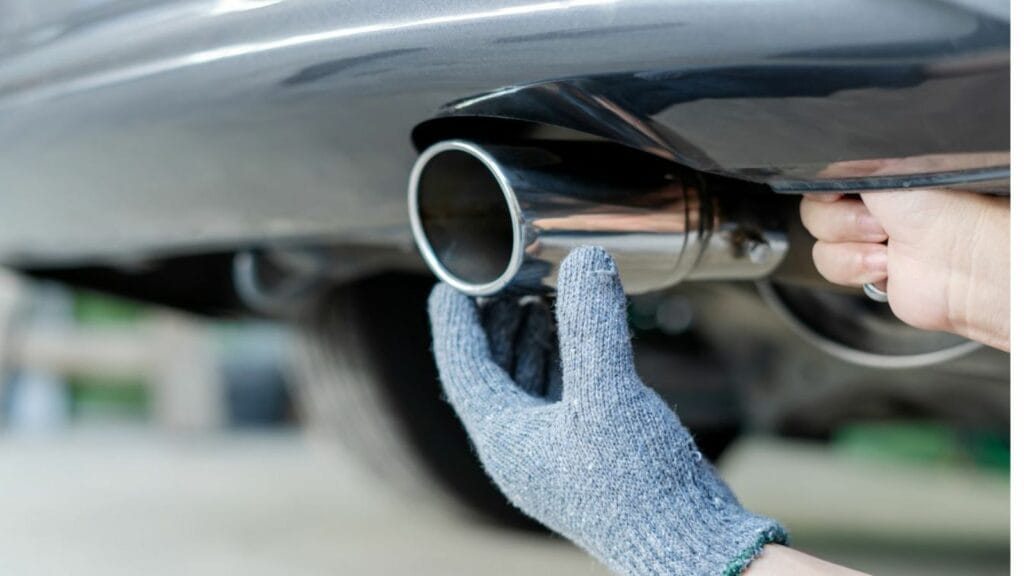Look at a car from the early 1990s and compare it with a 2025 model, and you’ll notice more than just styling differences. Over the last three decades, governments across North America, Europe, and Asia have introduced a wave of safety, environmental, and technology mandates that have reshaped how cars are designed. These rules have not only made vehicles safer and cleaner but also more complex, more expensive, and often heavier. Here are twenty of the biggest legally mandated changes that have transformed the way our vehicles look, feel, and perform.
Airbags in Every Vehicle

Airbags went from being an optional luxury to a legal requirement in just a few years. By the late 1990s, dual front airbags were mandated in North America. This forced automakers to redesign dashboards, steering wheels, and passenger-side structures to house them. Later, side and curtain airbags became mandatory too, reshaping seat and pillar designs while also adding weight and complexity.
Three-Point Seatbelts Everywhere

Once only for the front seats, three-point seatbelts became required in every passenger position, including the center rear seat. This law changed the structure of seat frames and floor anchoring points. Automakers had to balance safety with comfort, creating stronger seats while integrating retractors and buckles into tighter spaces.
Electronic Stability Control (ESC)
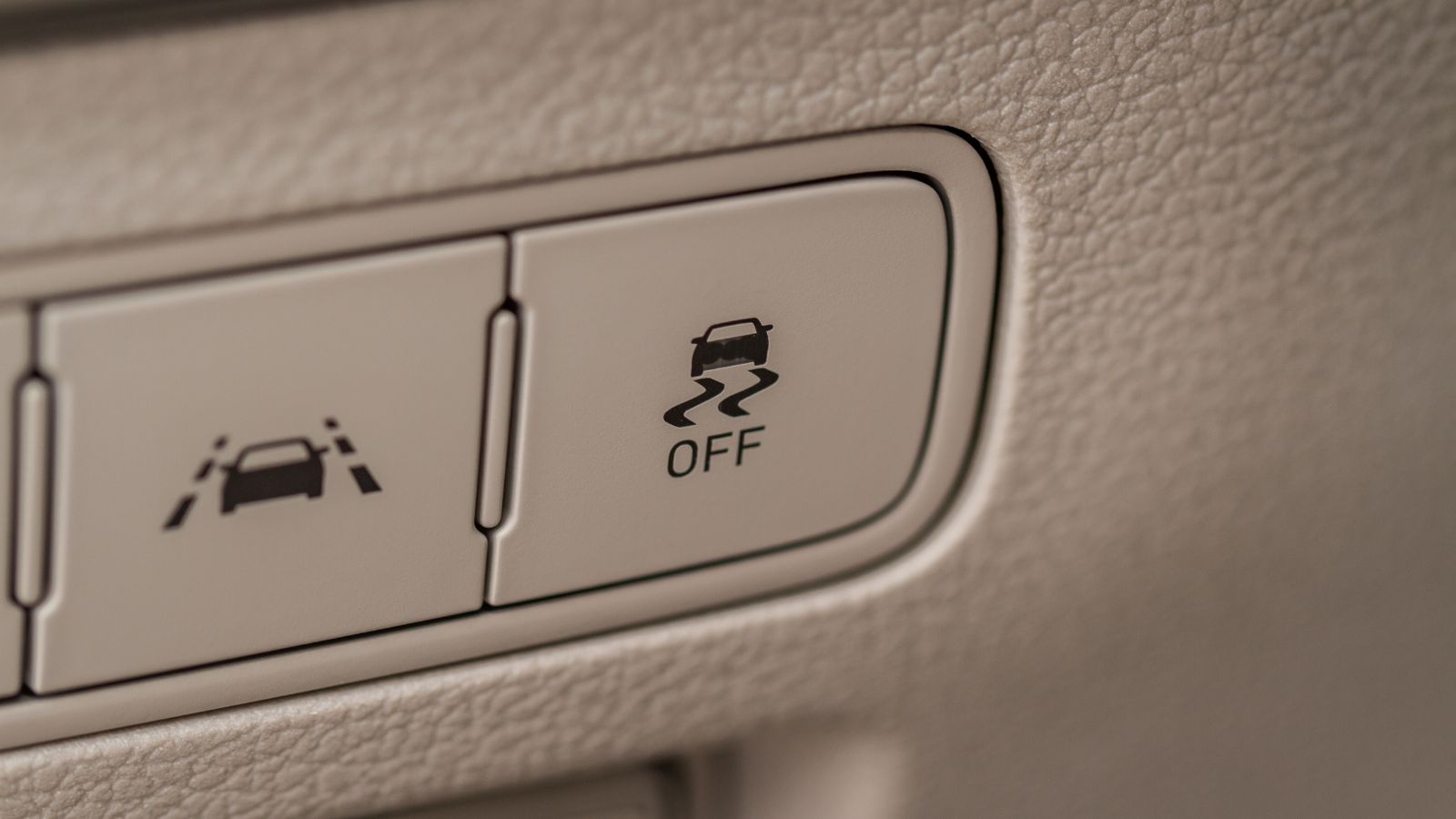
Mandated in North America starting in 2012, ESC revolutionized safety. By monitoring steering input, yaw, and wheel speed, it prevents skids and rollovers. To meet this requirement, automakers had to install sensors, upgrade braking systems, and redesign vehicle platforms with electronic integration in mind. It also led to weight increases and new software systems that became standard.
Child Seat Anchors (LATCH and ISOFIX)

Child seat safety rules required standardized anchor points, leading to the LATCH system in North America and ISOFIX in Europe. Seats had to be redesigned to include rigid anchoring systems, changing their construction and reducing flexibility in rear seat design. While small in concept, this mandate reshaped how family vehicles are engineered.
Crash Test Standards and Crumple Zones
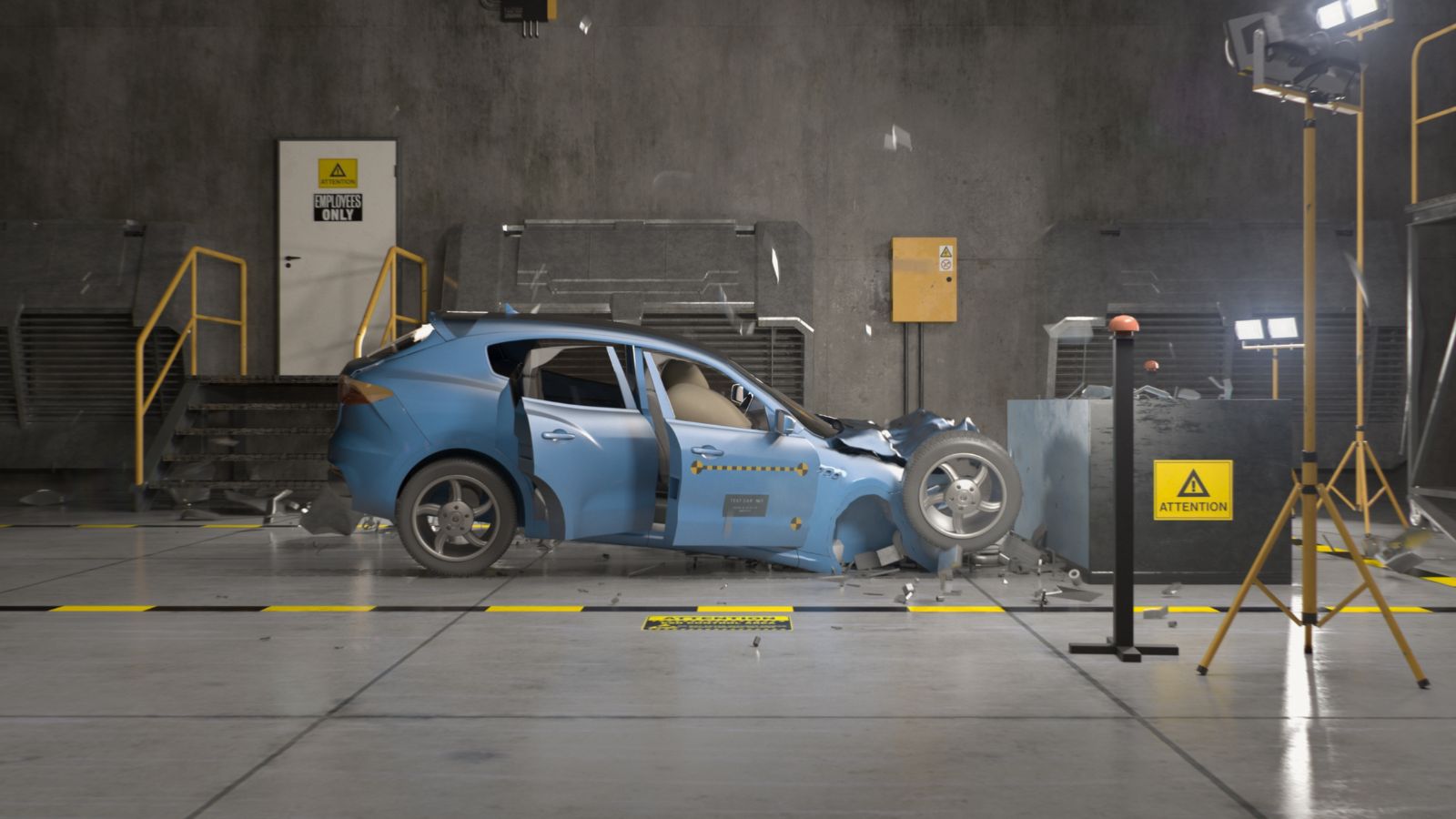
Crash tests became stricter, forcing automakers to strengthen passenger cabins while designing front and rear crumple zones that absorb energy. Hood lines, engine placement, and frame rails all had to change. These legal requirements are why today’s cars can look heavily damaged in an accident but still save lives inside the cabin.
Pedestrian Safety Rules

Europe in particular pushed laws that required vehicles to be safer for pedestrians. This meant softer bumper designs, deformable hood structures, and even active hoods that pop up on impact to reduce head injuries. These laws reshaped front-end design, leading to taller hoods and smoother grilles, which in turn influenced global styling trends.
Rearview Cameras
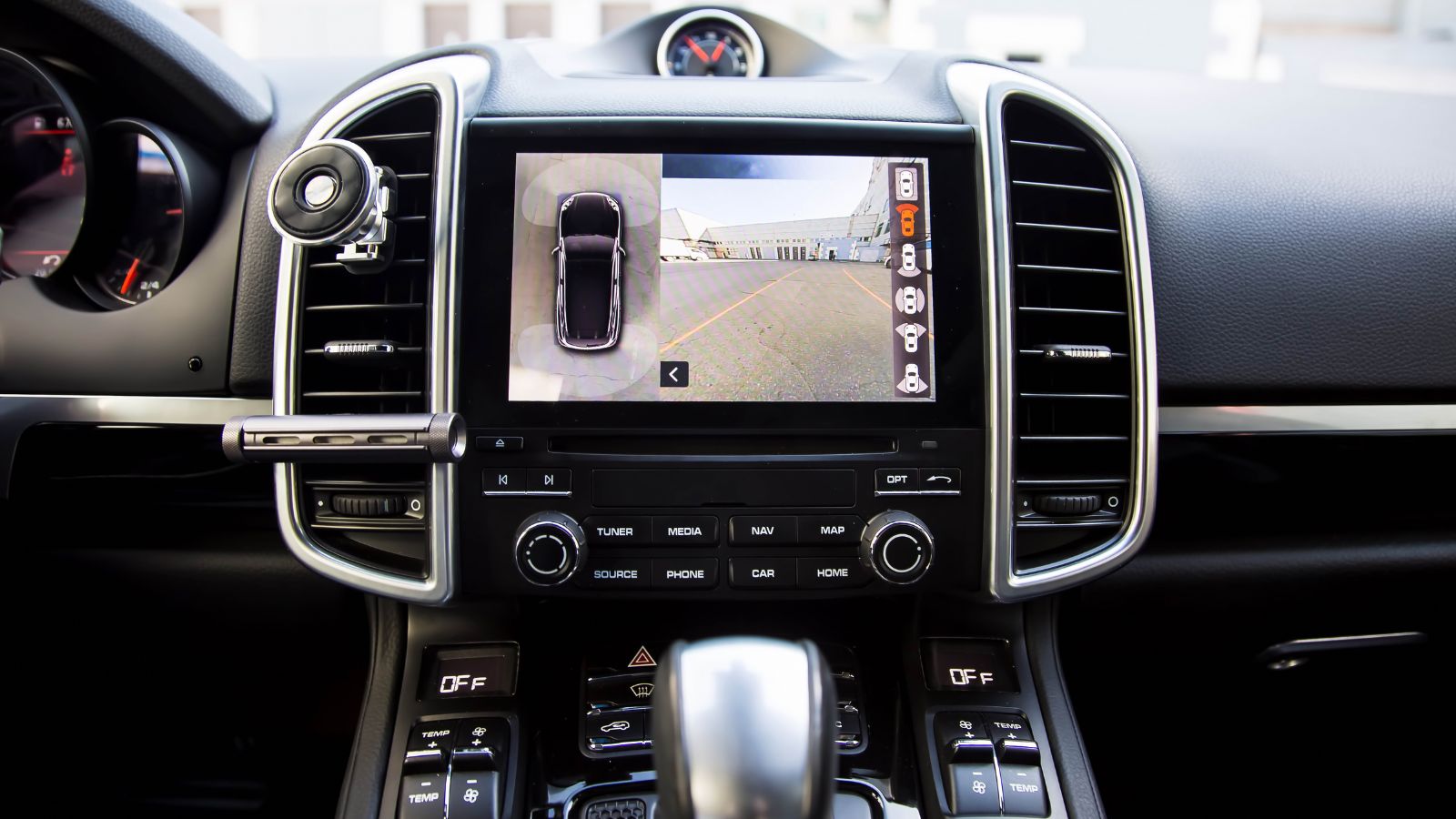
From 2018, every new vehicle sold in North America had to include a rearview camera. Automakers had to integrate screens into dashboards and rework wiring systems. While it started as a safety mandate, it quickly influenced cabin design, making infotainment screens a standard part of every new car.
Tire Pressure Monitoring Systems (TPMS)
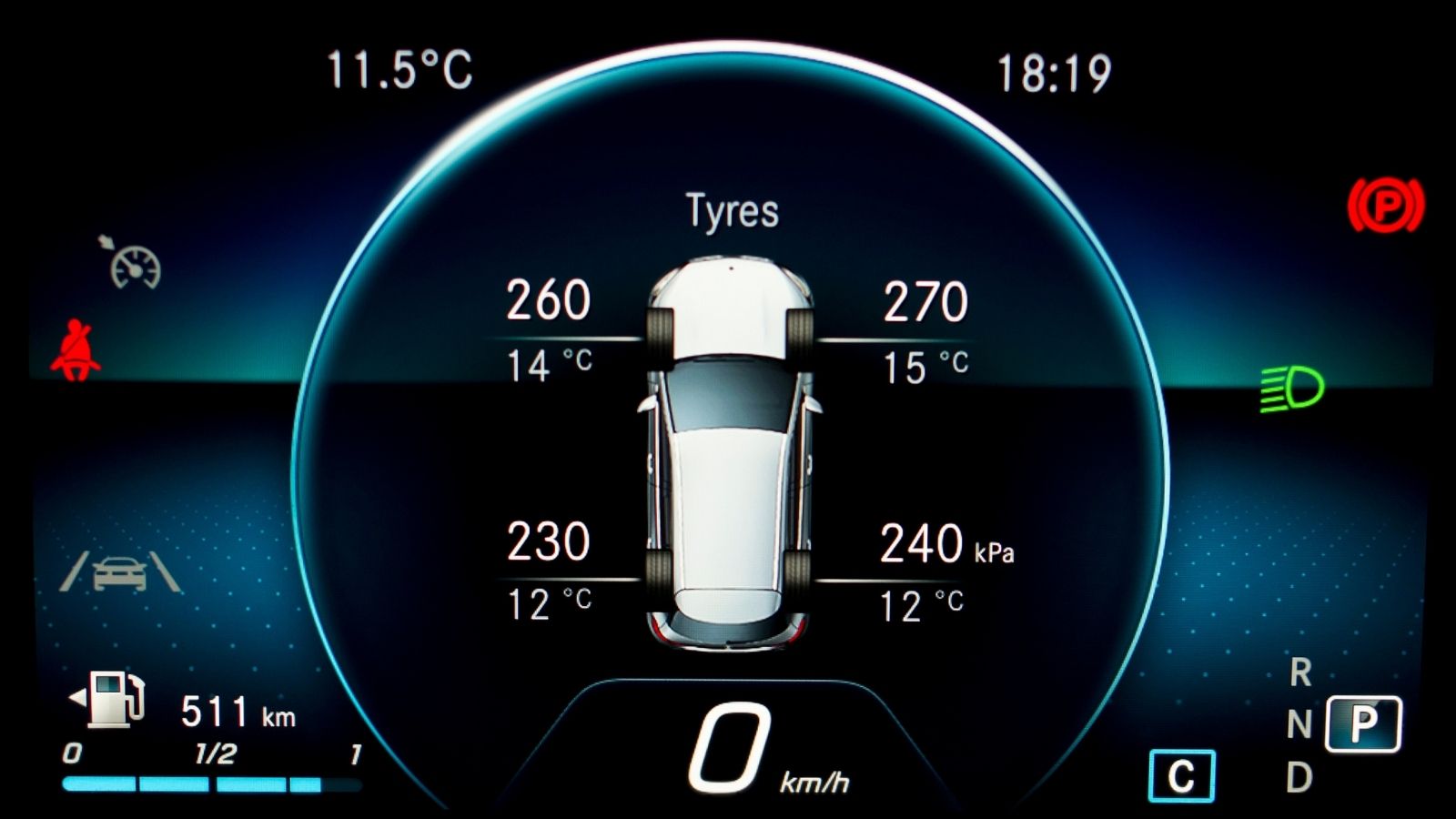
TPMS became mandatory in North America in the mid-2000s, forcing the use of wheel sensors and dashboard alerts. This changed wheel design, electronics integration, and instrument clusters, while giving drivers early warnings of underinflated tires.
Daytime Running Lights (DRLs)
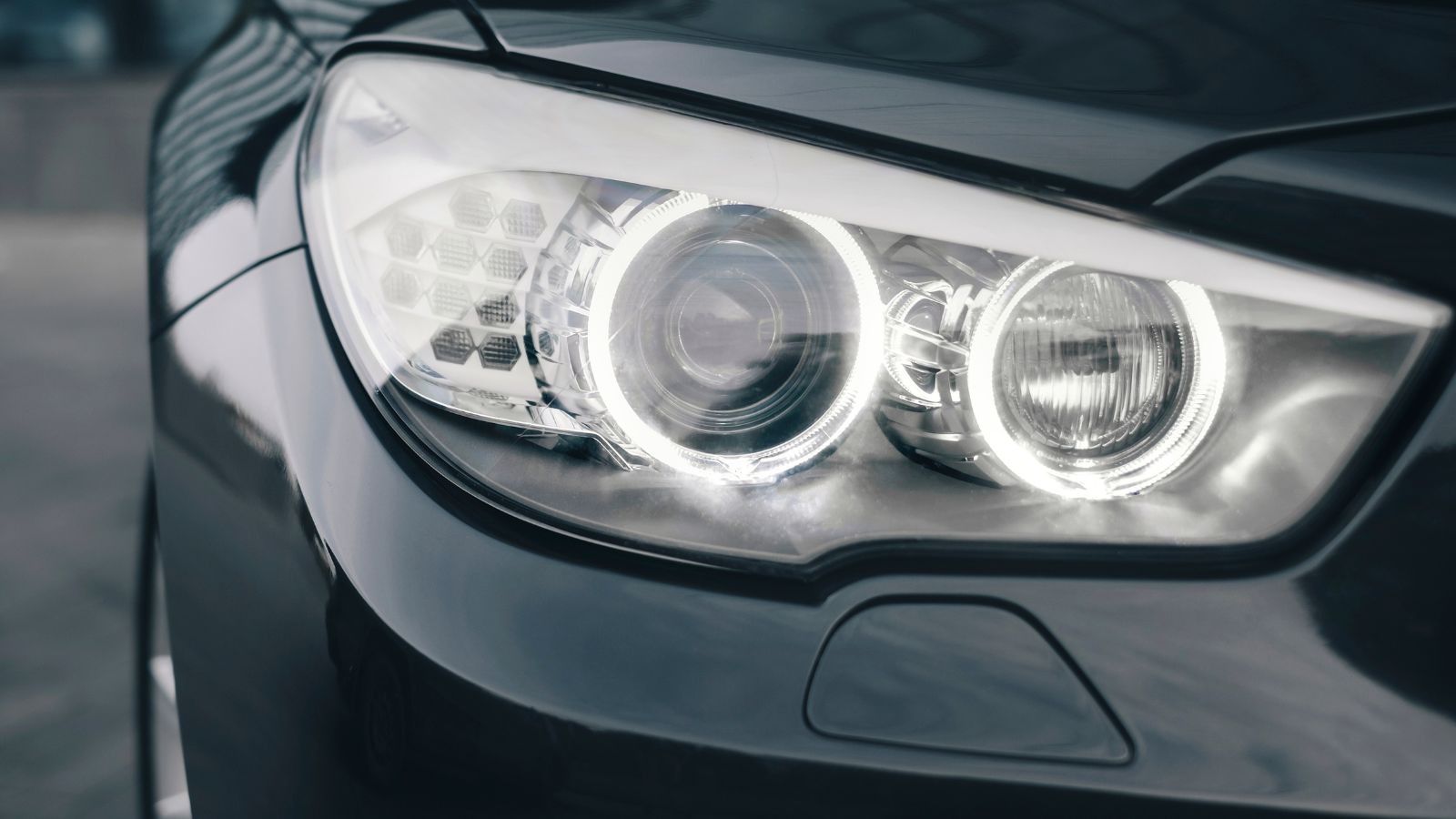
Canada led the way by requiring DRLs in the early 1990s, later followed by Europe. Automakers had to integrate new lighting signatures, which eventually became a styling tool. Today’s LED light designs owe much to this simple but effective safety law.
Anti-Lock Brakes (ABS)

ABS became a legal requirement in most developed markets by the 2000s. Manufacturers had to integrate electronic brake control units and reengineer braking systems. What started as a luxury feature is now universal, with designs built around ensuring consistent braking even on slippery roads.
Stricter Emissions Standards and OBD-II
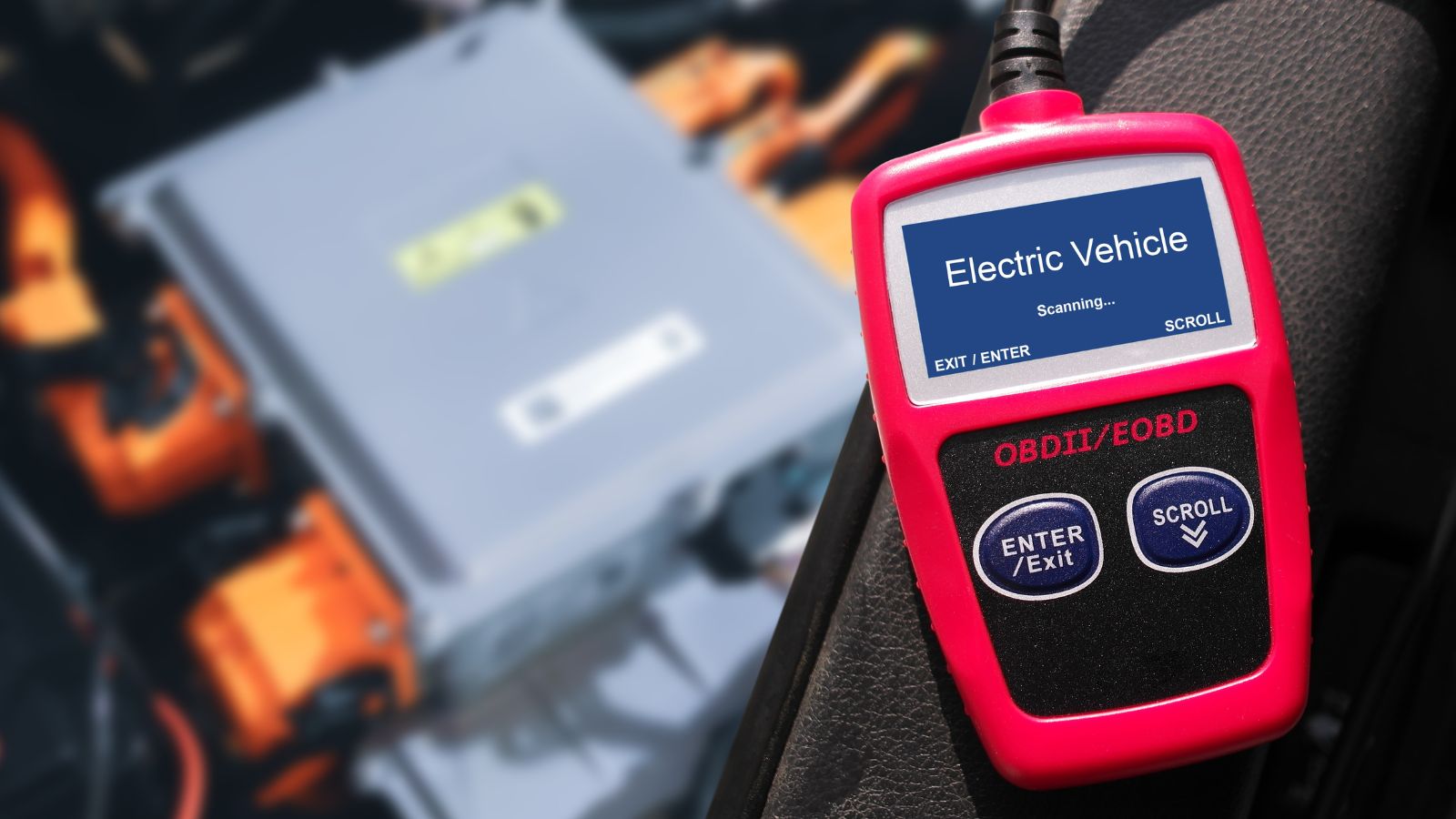
The mid-1990s saw the introduction of OBD-II diagnostics in North America, alongside stricter catalytic converter requirements. Engine bays had to be redesigned to house sensors, converters, and computer modules. These rules paved the way for cleaner-running vehicles, but also made engines far more electronically dependent.
Fuel Economy and CAFE Rules
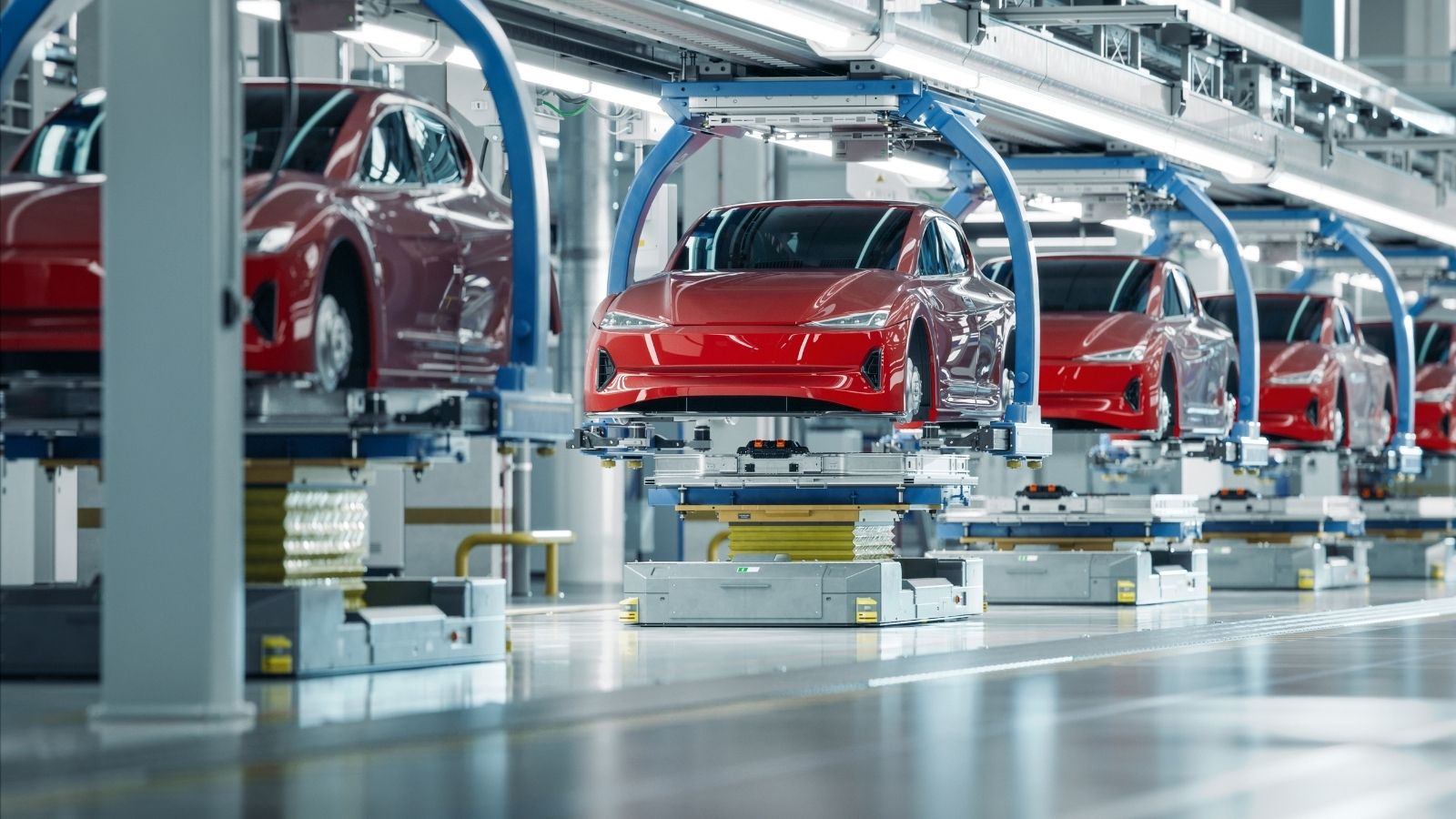
Corporate Average Fuel Economy laws forced automakers to make lighter vehicles with smaller engines. The result was widespread adoption of turbocharging, aluminum body panels, and advanced transmissions with more gears. Styling and engineering both shifted to improve aerodynamics, leading to sleeker designs.
Hybrid and EV Mandates

Government emissions rules and incentive programs forced automakers to develop hybrid and EV platforms. Battery placement under the floor reshaped vehicle proportions, while safety rules around high-voltage systems influenced cabin layouts and crash protection design. EVs are now engineered around these mandates, with flat skateboard platforms becoming the industry norm.
Side-Impact Protection Standards

Automakers had to reinforce doors and add side airbags to meet stricter side-impact crash standards. Thicker door beams, reinforced B-pillars, and larger airbags became standard, which increased cabin safety but also reduced visibility and added bulk.
Roof Strength Regulations

Rollover safety standards required roofs to withstand far more pressure than in the past. Automakers responded with stronger A- and B-pillars, thicker roof rails, and laminated glass. These changes added weight and slightly reduced headroom, but made vehicles far safer in rollovers.
Head Restraint Requirements
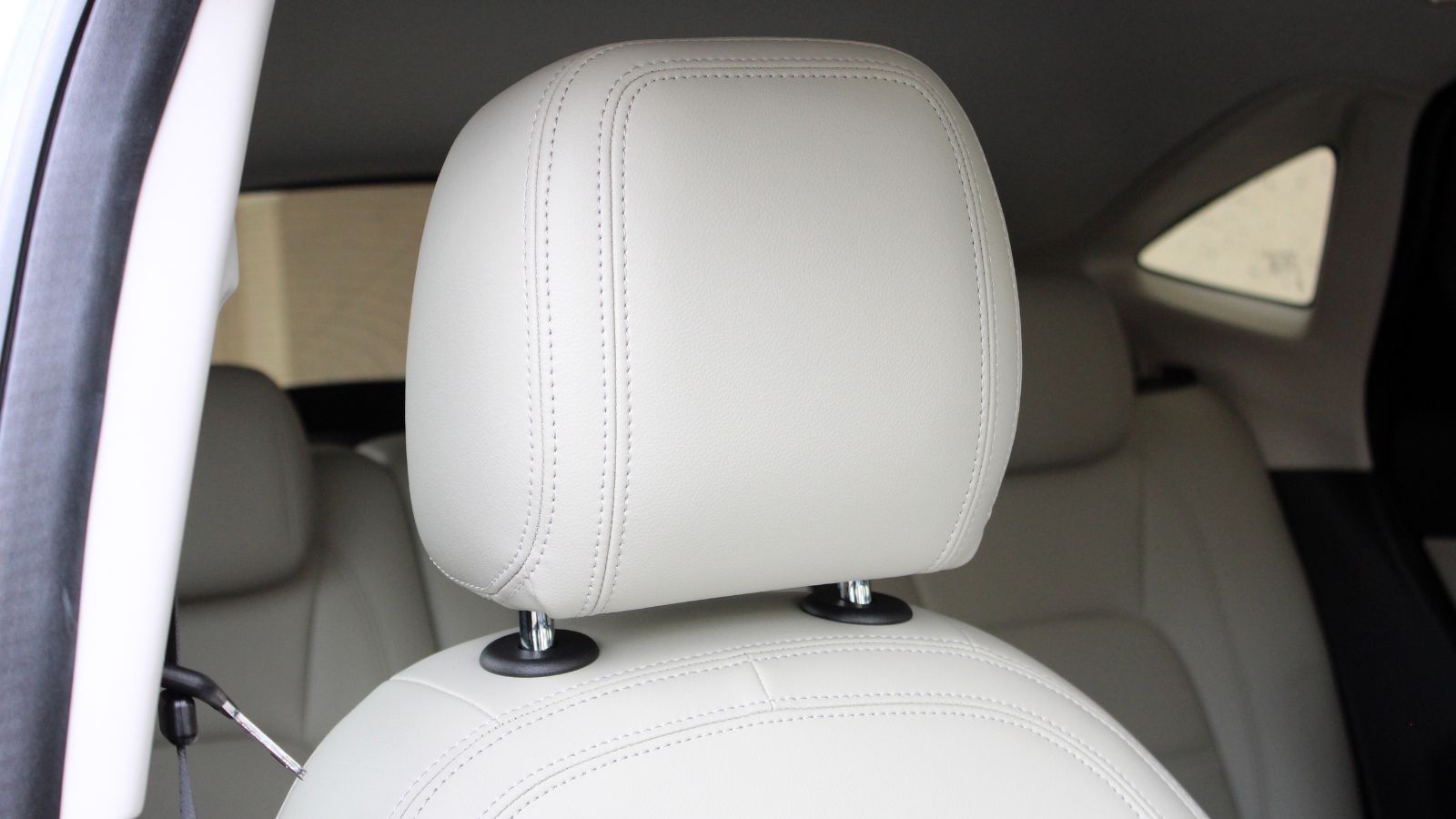
To reduce whiplash injuries, headrests had to become taller and closer to the head. This led to seat redesigns across the industry. While less sleek than earlier low-profile headrests, the new versions dramatically improved rear-impact protection.
Exterior Noise Standards
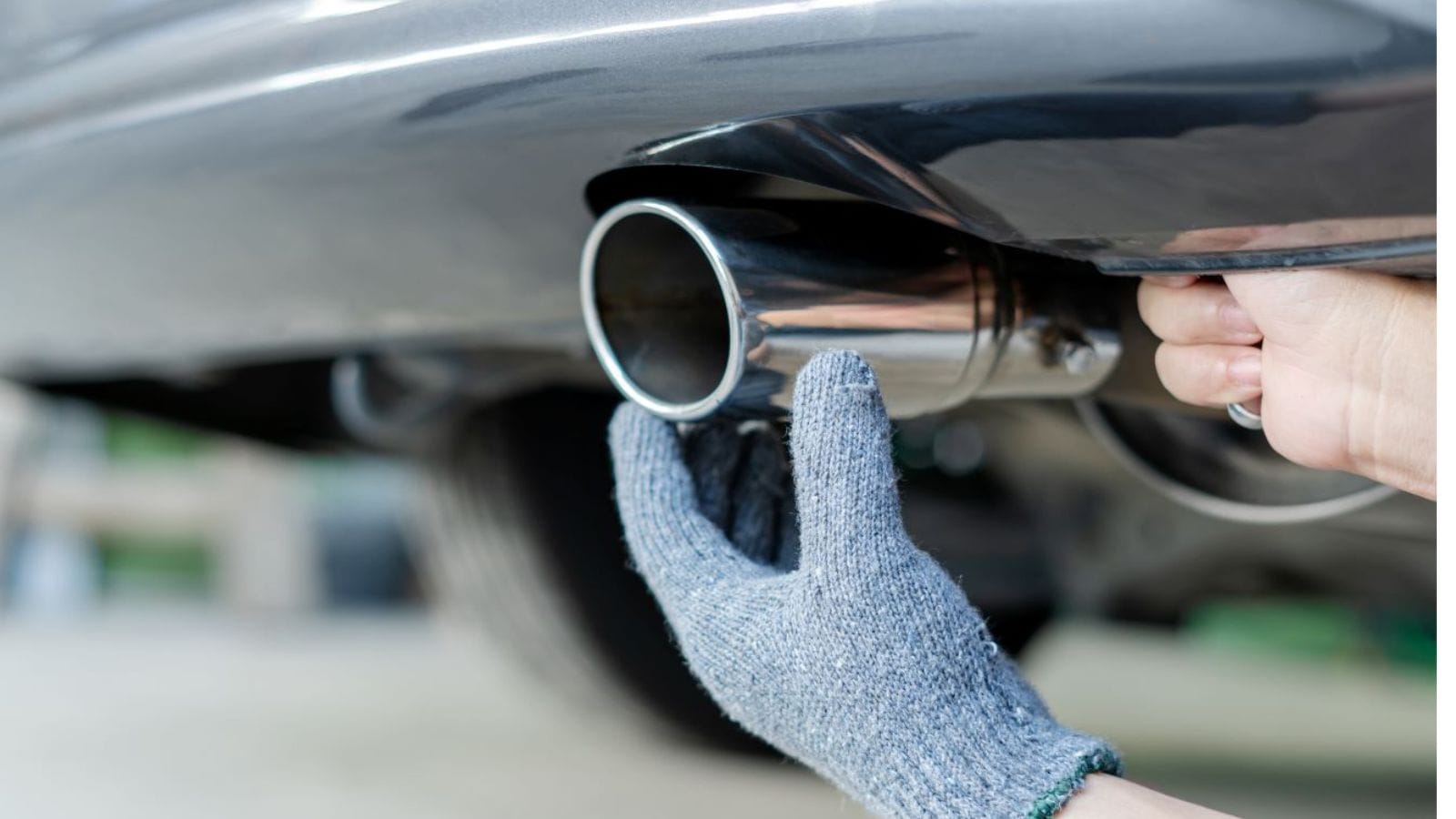
Governments imposed noise limits, particularly in Europe, which forced automakers to add soundproofing and quiet exhaust systems. This not only changed muffler design but also added weight to vehicles. Some enthusiasts lament the quieter cars, but the rules reduced urban noise pollution.
EV Charging Standardization

With the rise of EVs, governments began mandating standardized charging ports in certain regions. Automakers had to design universal connectors and integrate charging ports into vehicle exteriors, often influencing body panel design and placement.
Automatic Emergency Braking (AEB)

In the early 2020s, regulators began requiring AEB in new cars. Automakers redesigned bumpers and grilles to house radar, lidar, and camera systems. This has changed the look of modern front ends, with many designs now built around sensor integration.
Headlight Technology Rules

Headlight regulations evolved to allow adaptive LED and matrix beam headlights in Europe, though North America was slower to adopt them. These rules led to sleeker headlight designs, better night vision, and the distinctive LED “light signatures” that define modern vehicle styling.
25 Facts About Car Loans That Most Drivers Don’t Realize

Car loans are one of the most common ways people fund car purchases. Like any other kind of loan, car loans can have certain features that can be regarded as an advantage or a disadvantage to the borrower. Understanding all essential facts about car loans and how they work to ensure that you get the best deal for your financial situation is essential. Here are 25 shocking facts about car loans that most drivers don’t realize:
25 Facts About Car Loans That Most Drivers Don’t Realize
